Higher classification Hoplias | Scientific name Hoplias aimara Rank Species | |
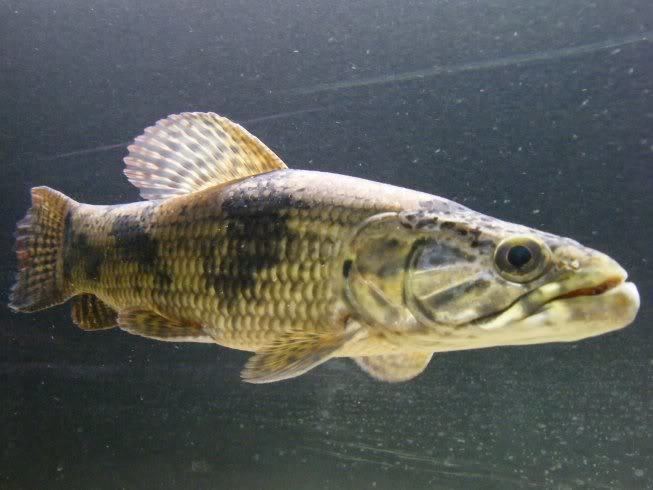 | ||
Similar Hoplias, Hoplias curupira, Erythrinidae, Hoplias lacerdae, Erythrinus | ||
Hoplias aimara monster wolf fish captured in a fish tank
The Hoplias aimara, also known as anjumara, manjuma, anjoemara and wolf fish, is a species of freshwater fish found in the rivers of South America.
Contents
- Hoplias aimara monster wolf fish captured in a fish tank
- Hoplias aimara eating 10 fish
- Description
- Taxonomy
- Distribution habitat and ecology
- In popular culture
- References
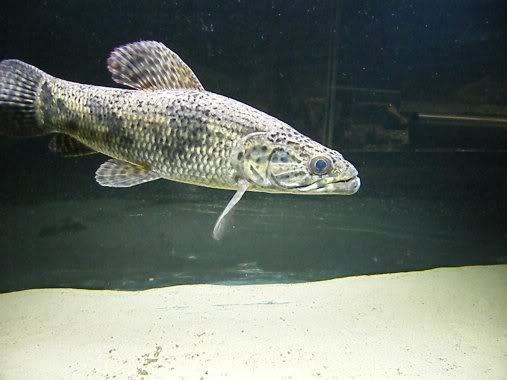
Hoplias aimara eating 10 fish
Description
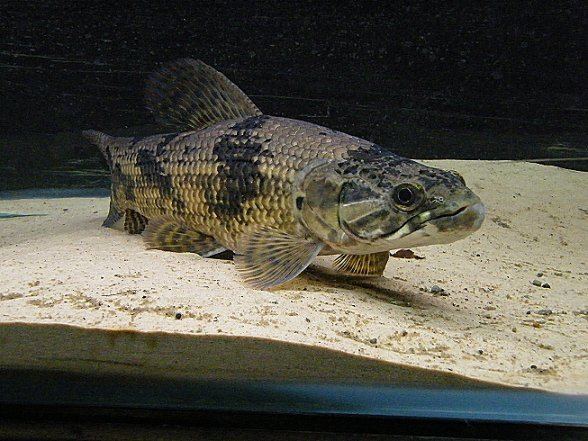
This is the largest of the Hoplias species with specimens caught at a length of 120 cm, the largest rod and reel record stands at 101 cm. They can weigh as much as 40 kg (88lbs). This species has an elongated cylindrical shape. the colour is basically brown with a lighter base colour, although shades can vary, with a number of vertical patches or stripes. There are normally small spots visible on the upper anterior part of the body including the head, the patterning can vary geographically. The colour can be almost solid black through to pale brownish gold colour with marked dark stripes.
Taxonomy
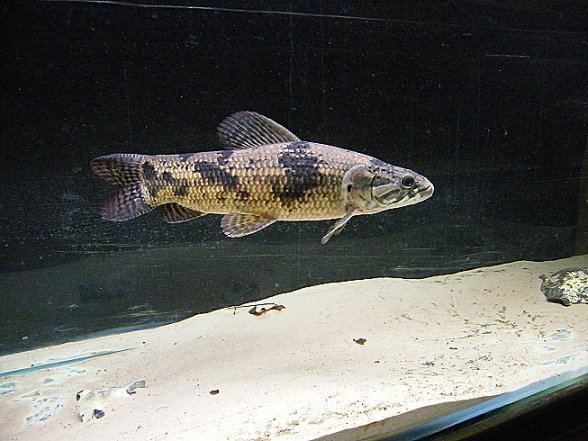
There were thought to be two species of giant trahiras Hoplias aimara (Valenciennes, 1846) and Hoplias macrophthalmus (Pellegrin, 1907), each described from French Guiana, study of the type-specimens of each species showed that both names, H. aimara and H. macrophthalmus, referred to the same taxon. The Principle of Priority of the International Code of Zoological Nomenclature therefore means that the name Hoplias aimara has precedence.
Distribution, habitat and ecology
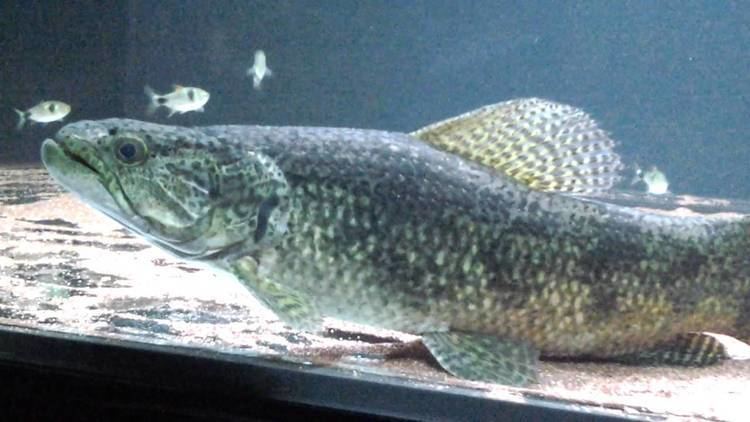
Across most of northern south America, Brazil, Colombia, Venezuela , Guyana, French Guiana, Suriname and the island of Trinidad. Often found in counter current zones of principal rivers and creeks. It is mainly an ambush predator of fish but also feeds opportunistically on other animals that fall into the water such as terrestrial invertebrates. Attacks on larger vertebrates including humans are unproven. It is active predominantly at dusk and at night. Reproduction takes place at the onset of the rainy season from December to March. Depending on the size, the female can carry around 6,000 to 60,000 eggs. It is known for the quality of its flesh and populations in many more settled parts of its range have been severely depleted due to fishing for food.
In popular culture
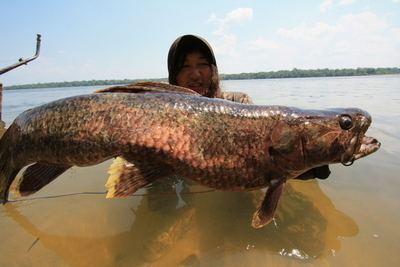
Referred to by its common names of "Anjumara" and "Wolf fish", the species was featured in the Animal Planet series River Monsters in episode 7 of season 3 titled, "Jungle Killer", where its aggressive, predatory nature was explored, as well as a supposed attack on a diver by a large specimen in Suriname's Brokopondo Reservoir.
